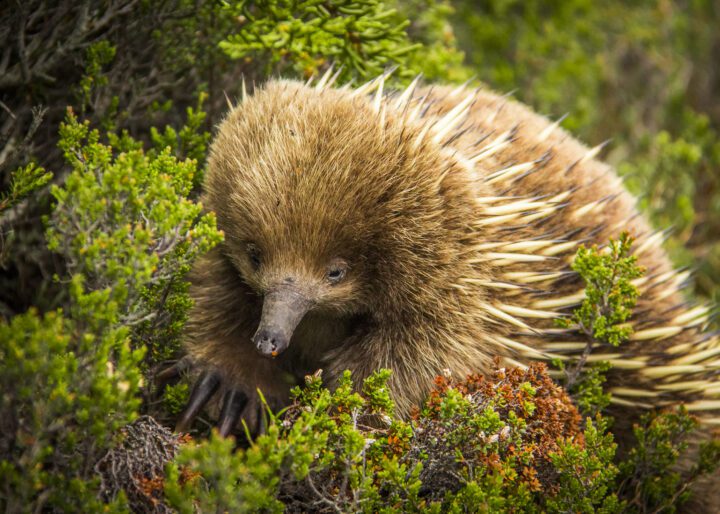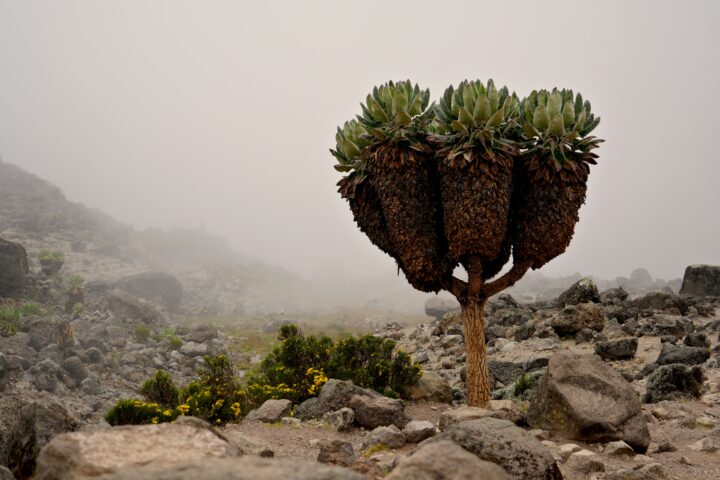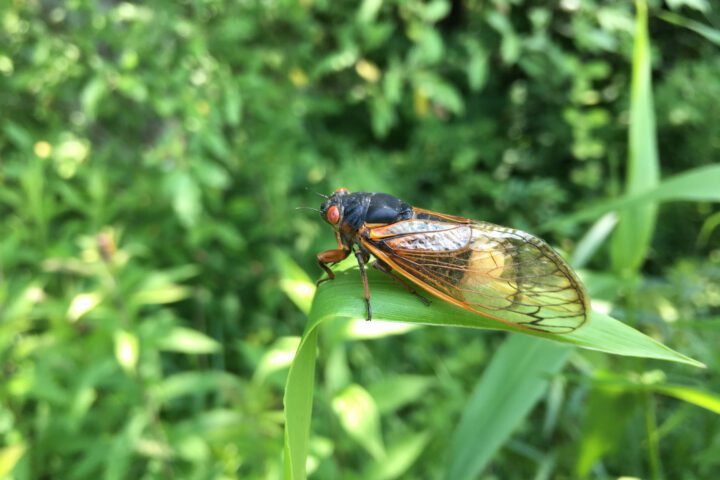Adapt Behaviors
The environment is constantly changing, and if living systems can’t adapt to these changes, they don’t survive. Environmental changes can be cyclic such as seasons, sudden such as floods or forest fires, or gradual but long-term, such as ecosystems shifting from early to mature stages. These changes require some flexibility in behavioral responses to match the specific conditions. For example, as a fish called the lamprey swims, it constantly faces changes in currents. Skin sensors help it detect those changes and adjust its motion accordingly.
Regulate Reproduction or Growth
Reproduction and growth are two physiological processes that occur in all living systems. There are situations when conditions are right for both, and other situations when continuing either harms the living system because both have a very high energy cost. Reproduction and growth are unique in that both can stop until conditions improve, although stopping either for an extended time can cause problems. An example of regulating reproduction is a process called delayed implantation or embryonic diapause found in some mammals, such as otters. An otter’s embryos sometimes temporarily cease developing and won’t develop further until the female senses that conditions are suitable.
Capture, Absorb, or Filter Energy
Energy is naturally available in many forms, including kinetic, potential, thermal, elastic, radiant, chemical, and more. All living systems require energy to carry out their many activities, and have developed strategies appropriate to one or more of those forms. For example, some plants maximize their surface area available for capturing radiant energy from the sun while others have strategies to focus scattered light onto photosynthesizing areas.
Capture, Absorb, or Filter Chemical Entities
Living systems often require chemical elements and chemical compounds, including complex sugars, proteins, and odor-making compounds, to perform critical activities. These compounds exist in various states–solid, liquid, and gas–and are ubiquitous in soil, water, and air. This requires that living systems not only have ways to capture, absorb, or filter them, but also ways to differentiate among them, selecting those that are valuable or harmful. For example, mangrove trees live with their roots in salty water and sediments. Various mangrove species have different strategies for removing salt from the water they take in so that their tissues can use the fresh water.





